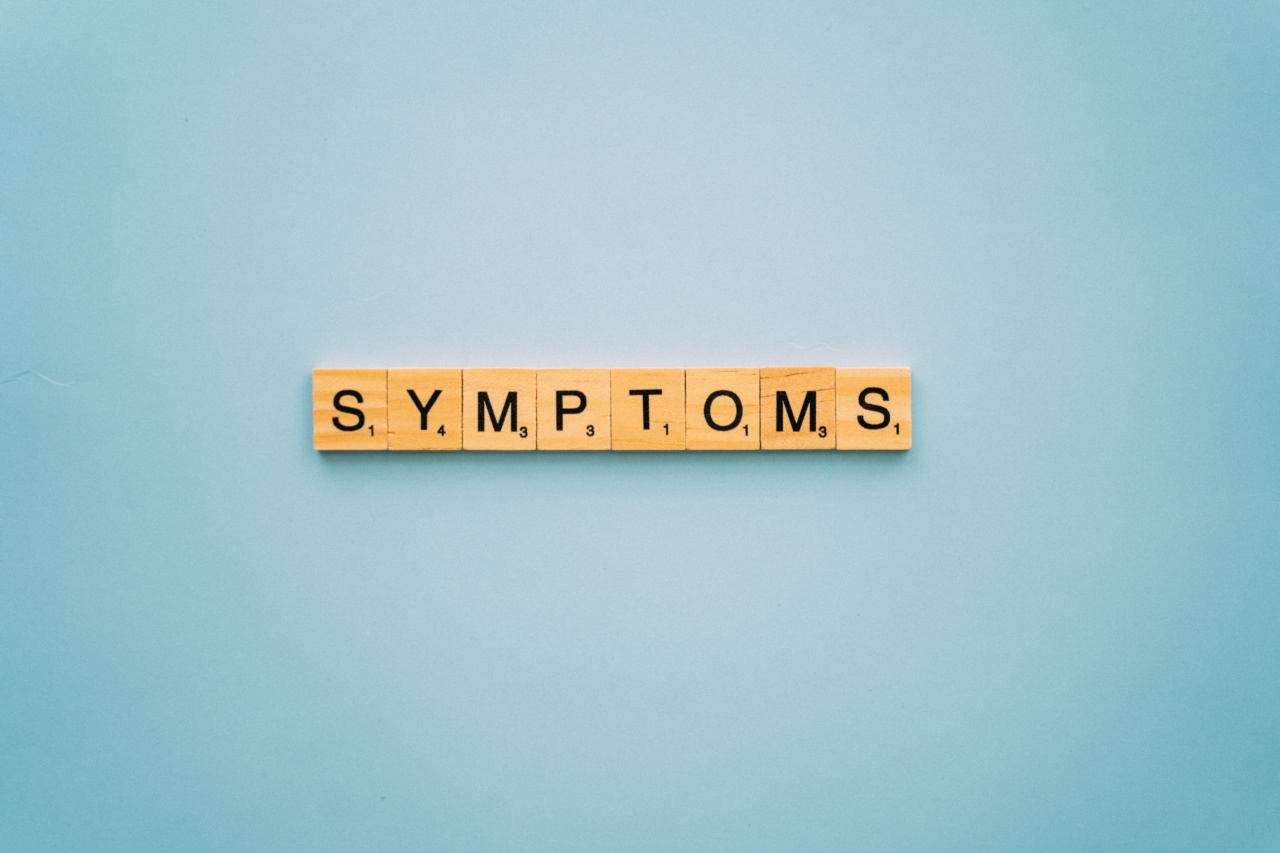Leg pain is a common complaint that can affect individuals of all ages. It can range from a mild discomfort to severe pain, and it may occur suddenly or develop gradually over time.
While leg pain can often be attributed to overuse or muscle strain, it can also be a sign of an underlying condition that requires medical attention. In this article, we will explore the signs and symptoms of various underlying conditions that may be causing leg pain.
1. Deep Vein Thrombosis (DVT)
Deep vein thrombosis occurs when a blood clot forms in one or more of the deep veins in the body, commonly in the legs. The most common symptom of DVT is pain and tenderness in the affected leg. The pain often feels like a cramp or a muscle strain.
Other possible symptoms include swelling, warmth, and redness in the affected area.
2. Peripheral Artery Disease (PAD)
Peripheral artery disease is a condition characterized by the narrowing of the arteries that supply blood to the legs and other extremities. The primary symptom of PAD is leg pain that occurs during physical activity and improves with rest.
This pain, known as claudication, typically manifests as cramping or aching in the calf, thigh, or buttock muscles.
3. Osteoarthritis
Osteoarthritis is a degenerative joint disease that primarily affects the cartilage in the joints. It can cause leg pain when it affects the hip or knee joints.
Common symptoms of osteoarthritis include pain that worsens with activity, stiffness, swelling, and a decreased range of motion in the affected joint.
4. Sciatica
Sciatica refers to pain that radiates along the path of the sciatic nerve, which travels from the lower back through the hips and down each leg. It is typically caused by a herniated disc or spinal stenosis.
The main symptom of sciatica is pain that can be sharp, shooting, or burning in nature. The pain may radiate from the lower back into the buttock, thigh, and calf.
5. Muscle Strain
A muscle strain, also known as a pulled muscle, occurs when a muscle or tendon is overstretched or torn. It can cause localized leg pain and tenderness.
Other symptoms may include swelling, bruising, muscle weakness, and difficulty moving the affected leg.
6. Shin Splints
Shin splints, or medial tibial stress syndrome, is a common condition characterized by pain along the shinbone (tibia). It is often caused by excessive running, jumping, or repetitive stress on the legs.
Shin splints usually cause dull, aching pain in the front of the lower leg. The pain may worsen during exercise and improve with rest.
7. Varicose Veins
Varicose veins are enlarged, twisted veins that most commonly appear in the legs and feet. They can cause aching or throbbing pain, especially after prolonged periods of standing or sitting.
Other symptoms may include swelling, heaviness, cramping, and visible veins that are dark purple or blue in color.
8. Osteomyelitis
Osteomyelitis is a bone infection that can occur due to an injury, surgery, or the spread of an infection from another part of the body. Leg pain is a common symptom, especially if the infection affects the bones of the leg or the surrounding tissues.
Other possible symptoms include fever, redness, warmth, and swelling in the affected area.
9. Bursitis
Bursitis is the inflammation of the bursae, which are small fluid-filled sacs that cushion the joints. When bursitis affects the hip or knee joints, it can cause leg pain.
The pain is often described as a dull ache and may worsen with movement or pressure on the affected joint. Swelling and tenderness in the affected area are common as well.
10. Stress Fractures
Stress fractures are tiny cracks in the bone that often occur from repetitive stress or overuse of a particular body part. In the legs, stress fractures can cause localized pain that worsens with activity and improves with rest.
The pain is usually described as sharp or throbbing and may be accompanied by swelling and tenderness.
Conclusion
Leg pain can have various underlying causes, ranging from musculoskeletal conditions to circulatory disorders.
It is important to pay attention to the signs and symptoms associated with leg pain, as they can provide essential clues about the underlying condition. If you experience persistent or severe leg pain, it is recommended to seek medical attention for proper diagnosis and treatment.































